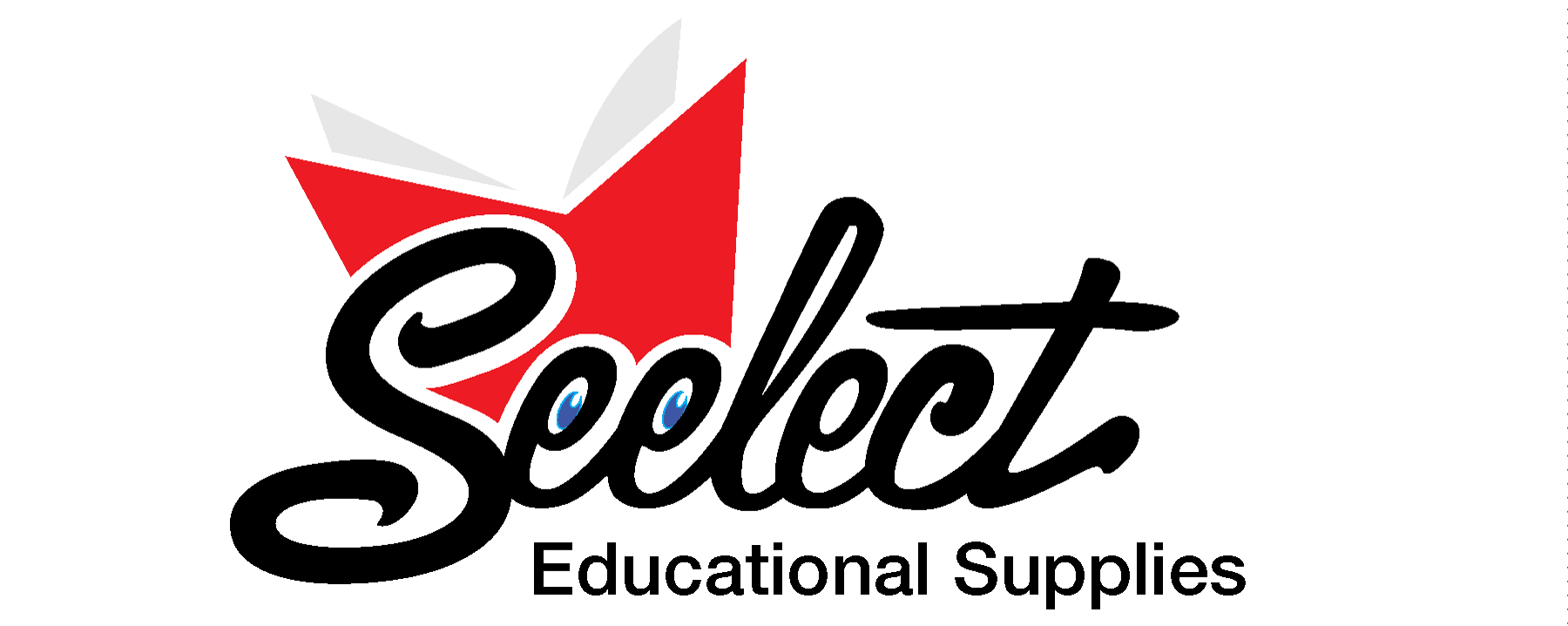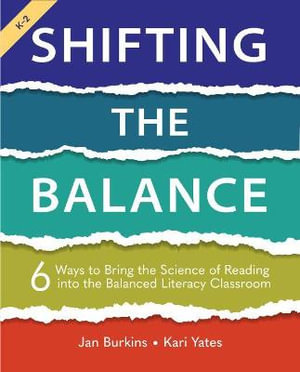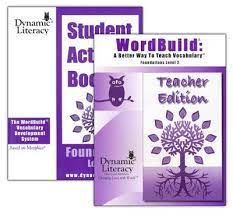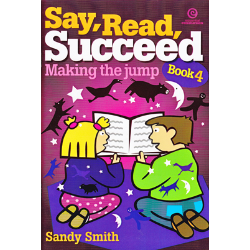Description
The current emphasis on the body of research known as the “Science of Reading” has renewed the reading wars and raised challenging questions for balanced literacy teachers about the best way to teach reading. Instead of fueling the debate, Dr. Jan Burkins and Kari Yates have immersed themselves in the research and produced Shifting the Balance: 6 Ways to Bring the Science of Reading into the Balanced Literacy Classroom.
This concise and practical guide integrates effective reading strategies from each perspective. Every chapter of Shifting the Balance focuses on one of the six simple and scientifically sound shifts reading teachers can make to strengthen their approach to early reading instruction in these areas:
- Reading Comprehension
- Phonemic Awareness
- Phonics
- High-Frequency Words
- Cueing Systems
- Text Selection
Practical Instruction for Primary Grades: Whether your students are just learning to read or building more advanced reading comprehensive skills, Shifting the Balance is designed to help teachers meet the instructional needs of K-2 students.
Six Manageable Shifts: Each chapter focuses on a key shift that helps educators understand common misconceptions and adjust their thinking around some common instructional practices that teachers have been using for decades.
Evidence-Based Instruction: Burkins and Yates offer busy educators a blueprint for integrating finding from brain research, cognitive science, and child development into their daily instruction, while keeping meaningful experiences with books a priority.
Classroom Applications: Shifting the Balance is full of sample activities and classroom vignettes that paint a picture of what these shifts look like in action with roomful of learners.
The book has already helped countless educators by taking the guesswork out of how to blend best practices with the latest research while keeping students at the forefront of reading instruction. “We’ve written this book to support you in making sound decisions anchored in the best of science, the truth of responsiveness, and a relentless focus on providing all children learning experiences saturated with meaning,” the authors write.
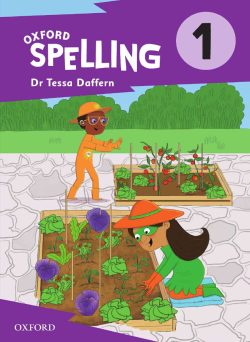 Oxford Spelling 1 Workbook
Oxford Spelling 1 Workbook 